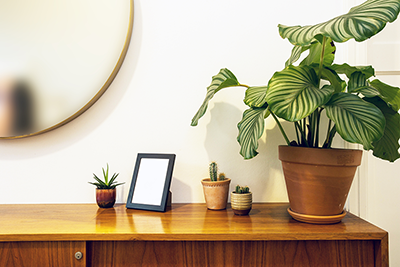
Some of these cookies are necessary to make the site work. We’d also like to use optional cookies to help improve your experience on the site. You can manage your optional cookie preferences below. Using this tool will set a cookie on your device to remember your preferences. Your preferences can be changed at any time.
For further details, see our Cookie Policy and our Privacy Policy
Essential cookies enable core functionality such as page navigation and access to secure areas. The website cannot function properly without these cookies; they can only be disabled by changing your browser preferences. Third party functions such as Google Search and Analytics will not be enabled.
Performance settings enable you to use the Google Search engine on our website and help us to improve our website by collecting and reporting information on its usage (for example, which of our pages are most frequently visited).
 You probably know that it's harmful to breathe in polluted air when you're outside. The same is true when you're indoors. We spend about 90% of our time indoors – at home, at work, at school, or when we go to shops or restaurants. Poor indoor air quality has been linked to lung diseases like asthma, COPD and lung cancer.
You probably know that it's harmful to breathe in polluted air when you're outside. The same is true when you're indoors. We spend about 90% of our time indoors – at home, at work, at school, or when we go to shops or restaurants. Poor indoor air quality has been linked to lung diseases like asthma, COPD and lung cancer.
Indoor air pollution is dust, dirt or gases in the air inside a building such as your home or workplace that harms us if we breathe it in.
Types of air pollution include:
Indoor air pollution can be caused by many things. These include:
You may experience indoor air pollution at your home, workplace or in other buildings.
The quality of the air you breathe anywhere is especially important if you're living with a lung condition like asthma or chronic obstructive pulmonary disease (COPD). For further information please visit the British's Lung Foundations webpage on indoor air pollution  .
.
Indoor plants are also a potentially beneficial measure for improving indoor air quality  and can also improve mood and reduce stress for occupants
and can also improve mood and reduce stress for occupants  . Thanks to research by NASA, there is scientific evidence than plants can remove common harmful substances found in modern building interiors.
. Thanks to research by NASA, there is scientific evidence than plants can remove common harmful substances found in modern building interiors.
 Back to Top
How to get here
Back to Top
How to get here
